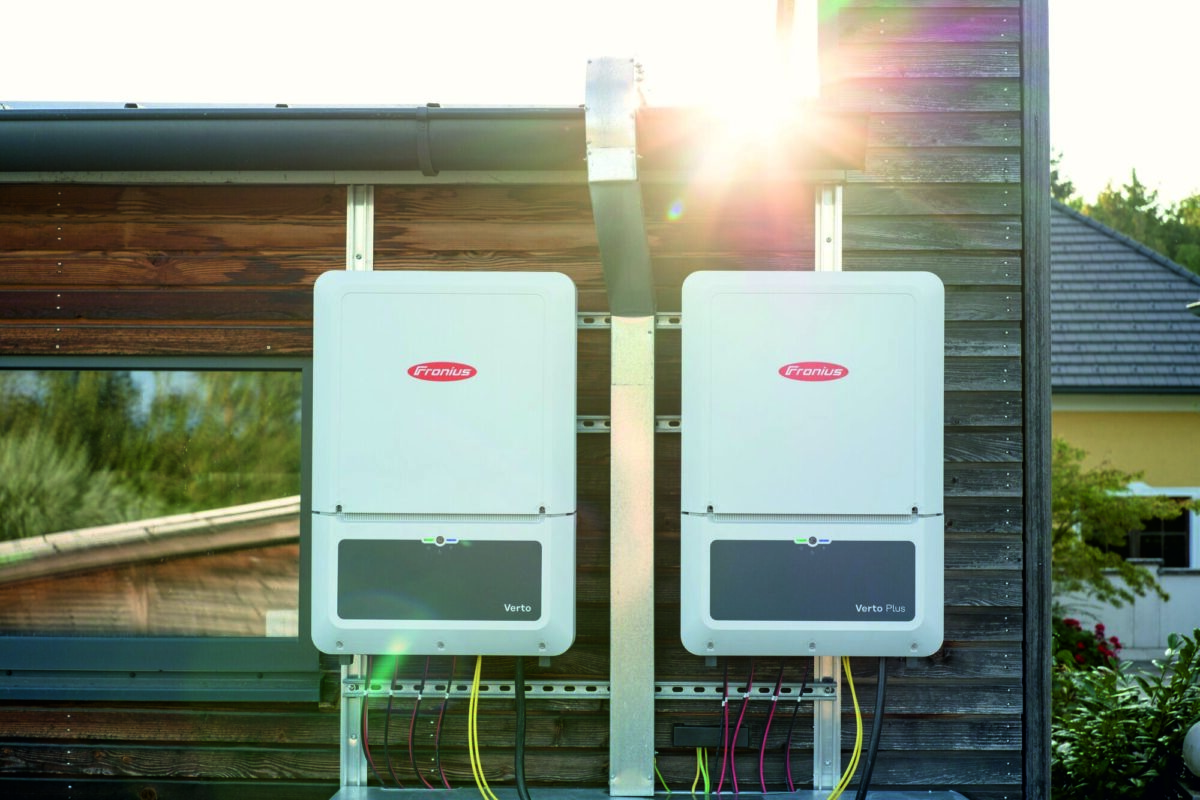French solar module manufacturer Voltec Solar and the IPVF have announced plans to set up a factory for four-terminal (4T) tandem perovskite-silicon solar panels in France.
“The idea is to create what is called a technological brick and, once the industrial feasibility and profitability have been proven, to make the new product available on the European market,” said Lucas Weiss, Voltec general manager.
pv magazine print edition
The facility will make modules based on IPVF's 4T tandem solar cell technology. The two entities plan to set up the first pilot production line by the end of 2023 and the first 200 MW industrial demonstrator in 2025. They will then increase the factory's capacity to 1 GW in 2027 and 5 GW by 2030.
“While most market players, such as Oxford PV or the CEA, are working on two-terminal perovskite-silicon tandem solar cells, we have taken a step aside with a 4T technology,” said Weiss. “With this approach, the thin layer of perovskite is placed on glass and the assembly is integrated into a standard silicon cell as an underlayer.”
The IPVF said this innovation makes it possible to achieve a conversion efficiency of 30% at the module level. The advantage of this technology is that the silicon cell can be adapted to the thin layer and simplified. Weiss said there is also the possibility of using recycled silicon, which is less expensive, less pure and less efficient, but still able to provide a high yield.
The IPVF and Voltec plan to create a joint venture, France PV Industrie, so they can secure the necessary financing to scale up to industrial production. The pilot line will require an investment of €15 million ($15.4 million) and the industrial demonstrator €50 million. By The partners estimate the total investment at around €1 billion by 2030.
The pre-industrial line must be set up in the premises of the IPVF “as quickly as possible,” as indicated by Weiss. He said that the orders for machines will take place as soon as the financing is validated. This pre-industrial unit will be used to validate manufacturing processes.
This content is protected by copyright and may not be reused. If you want to cooperate with us and would like to reuse some of our content, please contact: editors@pv-magazine.com.




Hooray! A bit surprised to not hear of a UV downconversion layer, but between glass lines and 4 layers electrode plus bus lines, silicon and other layers, it’s a lot. Maybe they’ll make a ‘ceramic coat’ kit with downconverter nanodots for those who can stand red albedo on their panels.
€1 billion invested by 2030 to make a 5GW production line?
This seems a like a bargain. China expects to deploy 100GW of solar PV this year and Europe should aim for something similar. If that could be done for a €20 billion investment in plant….
I would like know more about development of new PV materials for future Solar projects..
God electrical inovation
this is a complete joke. This Perovskite technology is not gonna be ready in the next ten years, minimum…probably never to be honest. If you have been working in the field you know it….So stop make people dream about these new technologies that would make Europe a leader in PV manufacturing.